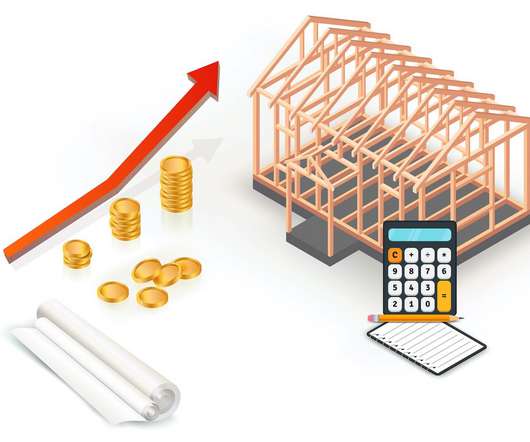How Employer-Assisted Housing Programs Are Paving a Path to Homeownership
Pro Builder
MAY 9, 2022
The rate of homeownership fell to just 38% for first-time buyers in 2021 as a result of record high housing costs, record low inventory, and stagnant wage growth across the U.S. The program is initially available in Washington, Virginia, and Tennessee, where the online retailer has major hubs. Housing Policy + Finance.

























Let's personalize your content